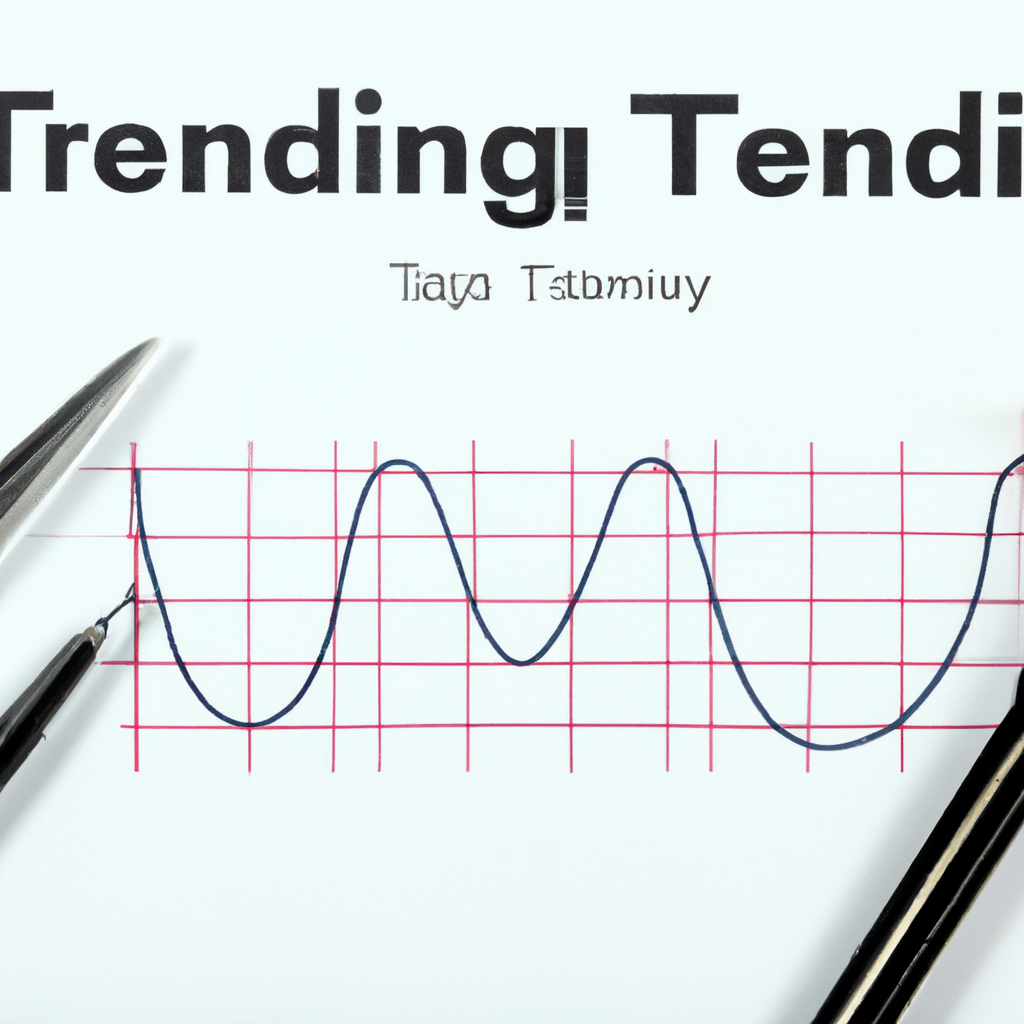Trend Line Identification Techniques
Introduction
Trend lines are an essential tool used in technical analysis to identify and analyze trends in financial markets. By connecting a series of highs or lows, trend lines provide valuable insights into the direction and strength of price movements. This article will explore various techniques for identifying trend lines and their significance in market analysis.
1. Basic Trend Line Identification
The most straightforward method of identifying a trend line is by connecting two or more significant swing highs or lows on a price chart. By drawing a straight line that touches these points, you can visualize the overall direction of the trend. An upward trend line connects higher swing lows, indicating an uptrend, while a downward trend line connects lower swing highs, indicating a downtrend.
2. Multiple Time Frame Analysis
To enhance the accuracy of trend line identification, it is crucial to analyze multiple time frames. By examining longer-term charts, such as daily or weekly, in combination with shorter-term charts, like hourly or 15-minute, you can confirm the validity of a trend line. Consistency in trend direction across different time frames strengthens the significance of the identified trend line.
3. Trend Line Channels
In addition to basic trend lines, trend line channels provide further insights into market trends. A trend line channel consists of two parallel trend lines, with the upper line connecting swing highs and the lower line connecting swing lows. This channel acts as a visual guide for potential support and resistance levels within the trend. Traders often look for price bounces or breakouts at these levels to make trading decisions.
4. Trend Line Breakouts
Identifying trend line breakouts is another valuable technique for traders. A breakout occurs when the price breaks above or below a trend line, indicating a potential change in the trend. Traders often wait for a confirmed breakout, where the price closes above or below the trend line, before considering a trade in the direction of the breakout. This technique helps traders capture new trends and avoid false signals.
5. Trend Line Slope Analysis
The slope of a trend line can provide insights into the strength of a trend. Steeper trend lines indicate a stronger trend, while shallow or flat trend lines suggest a weaker trend. By analyzing the slope of a trend line, traders can assess the momentum and potential longevity of a trend. Additionally, trend lines with consistent slopes over an extended period can provide valuable information about the stability of a trend.
Conclusion
Trend line identification techniques are essential for traders and analysts to understand market trends and make informed trading decisions. By mastering the art of identifying trend lines, traders can gain a deeper understanding of market dynamics and improve their overall trading strategies. Remember to combine multiple time frame analysis, trend line channels, breakout identification, and slope analysis to maximize the effectiveness of trend lines in your trading endeavors.
